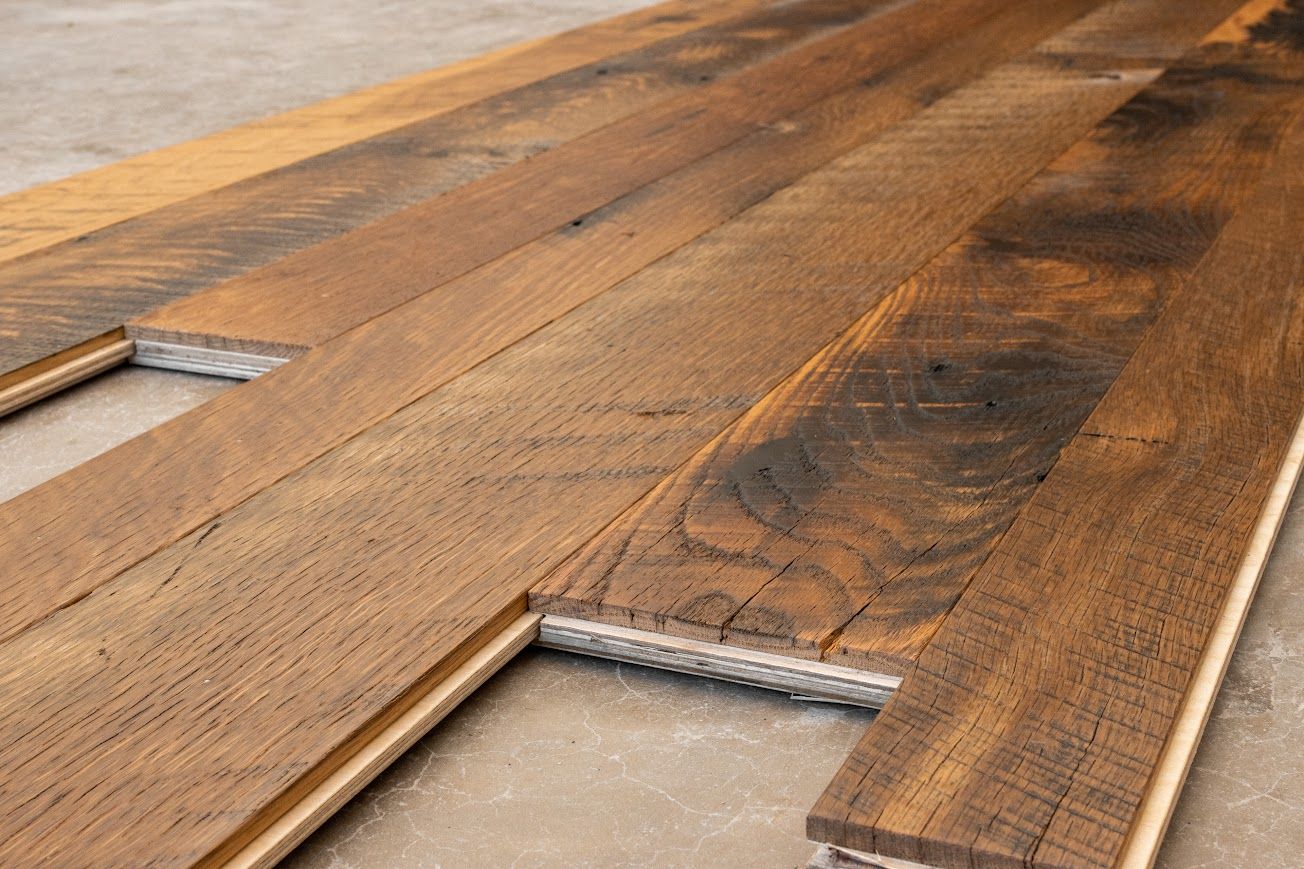Wood Conditioners: Are They Really Worth the Hype?
Wood Conditioners: Do They Deliver?

Staining wood can be tricky. You've probably seen stunning, polished furniture and thought, "Why don't my projects look like that?" One secret many woodworkers lean on is a product called wood conditioner. This pre-stain treatment claims to prevent blotchy finishes and make staining more predictable.
But does it really live up to the hype? Let's break it down.
What Are Wood Conditioners?
Wood conditioners, also known as pre-stain treatments, are liquid products you apply to raw wood before staining. Think of them as prep work for your staining job. Their main job is to even out how the wood absorbs stain. Without treatment, wood can soak up stain unevenly, leading to blotchy patches or streaks.
Here's why that happens. Different parts of wood absorb liquids at different rates. For example:
- End grains drink up stain fast, leading to dark spots.
- Face grains might struggle to absorb much at all, staying light.
A wood conditioner partially seals the surface, allowing the stain to spread more evenly.
Why It Matters
Picture a piece of softwood, like pine, that's notorious for uneven staining. Without a conditioner, your project could end up looking patchy and amateur. Add a pre-stain treatment, and suddenly the stain goes on smoother, creating a professional, uniform look.
When Do You Need a Wood Conditioner?
Wood conditioners are most useful for softwoods like pine, maple, and fir. These species are more porous and prone to absorbing stains unevenly. A conditioner can make the difference between a blotchy mess and a polished, even finish.
Benefits of Using a Conditioner:
- Smooth, consistent color on softwoods
- Easier application with fewer surprises
- Fewer blotches or dark spots
But not every project calls for it. Hardwoods, like oak or walnut, typically don't need these products. Hardwoods have tighter, more uniform grains, which naturally take stain more evenly. Applying a conditioner to hardwoods could even out the natural patterns, removing the character that makes these woods so unique.
Limitations to Be Aware Of
While wood conditioners can save your project, they're not perfect. Here are a few drawbacks to consider:
- Color Impact: Conditioners slightly dilute the stain, which can make colors appear lighter. You might need extra coats to achieve a rich, deep shade.
- Timing Is Key: Most conditioners have a narrow application window. Once applied, you’ll need to stain the wood quickly (usually within 15 minutes to 2 hours). Miss that window, and the conditioner loses its effectiveness.
- Not One-Size-Fits-All: They're not ideal for rustic or distressed finishes where natural variations in the wood’s tone add charm.
Can You Skip It?
Yes, in some cases! Here are situations when skipping the conditioner might be fine, even beneficial.
- Using Hardwoods: Species like oak, cherry, and walnut don’t usually need pre-stain treatments. These woods already take stain well.
- Preferring Natural Variations: If your project leans rustic or farmhouse-style, uneven staining might actually enhance its character.
- Using Gel Stains: Gel stains sit on the surface of the wood instead of soaking in deeply. Because of this, they provide a more even finish without needing a conditioner.
Working with Historic Timber
At Bay & Bent, we specialize in historic timber frames, often salvaged from structures that are over a century old. These reclaimed beams and boards have developed unique grain patterns and beautiful patinas over the decades.
Our approach to prepping these materials is much different than with modern lumber. Aged wood tends to be more stable, absorbing stains in a way that highlights its natural character without much extra help.
Each piece of historical wood has its quirks, and that’s part of the beauty. Some pieces take finishes well in their raw state, while others benefit from a bit of prep work. That’s why we treat every beam and board on a case-by-case basis, ensuring the natural charm of the material shines through in the final project.
How to Decide
Wood conditioners aren't a one-size-fits-all solution. Here’s how to decide if they’re right for your next woodworking project.
Use a Conditioner If:
- You're working with softwoods like pine or maple
- You’re aiming for a smooth and even stained finish
- The wood will be highly visible (e.g., tabletops or cabinetry)
Skip It If:
- You're using hardwoods with natural grain patterns
- You like the charm of light and dark variations in your finish
- You’re working with gel stains
Pro Tips
Want to get the most out of your staining projects? Here are some quick woodworking tips to keep in mind:
- Test First: Always test your stain (with and without conditioner) on a scrap piece of the same wood. This helps you see how the wood reacts and avoids surprises.
- Don’t Rush: Follow the timing instructions on your conditioner carefully. Set a timer if needed so you don’t miss the window to apply your stain.
- Invest Wisely: A small bottle of conditioner is an affordable safeguard compared to replacing expensive lumber.
The Bottom Line
Wood conditioners are valuable tools, but they're not always necessary. They shine when you’re staining softwoods and need smooth, even results. But for hardwoods or rustic projects where unique grain patterns and color variations are part of the appeal, you might do better without them.
The key is to understand your wood and your goals. With some testing and careful prep, you can decide whether a conditioner is the right move for your project. After all, the wood itself will tell you what it needs.









